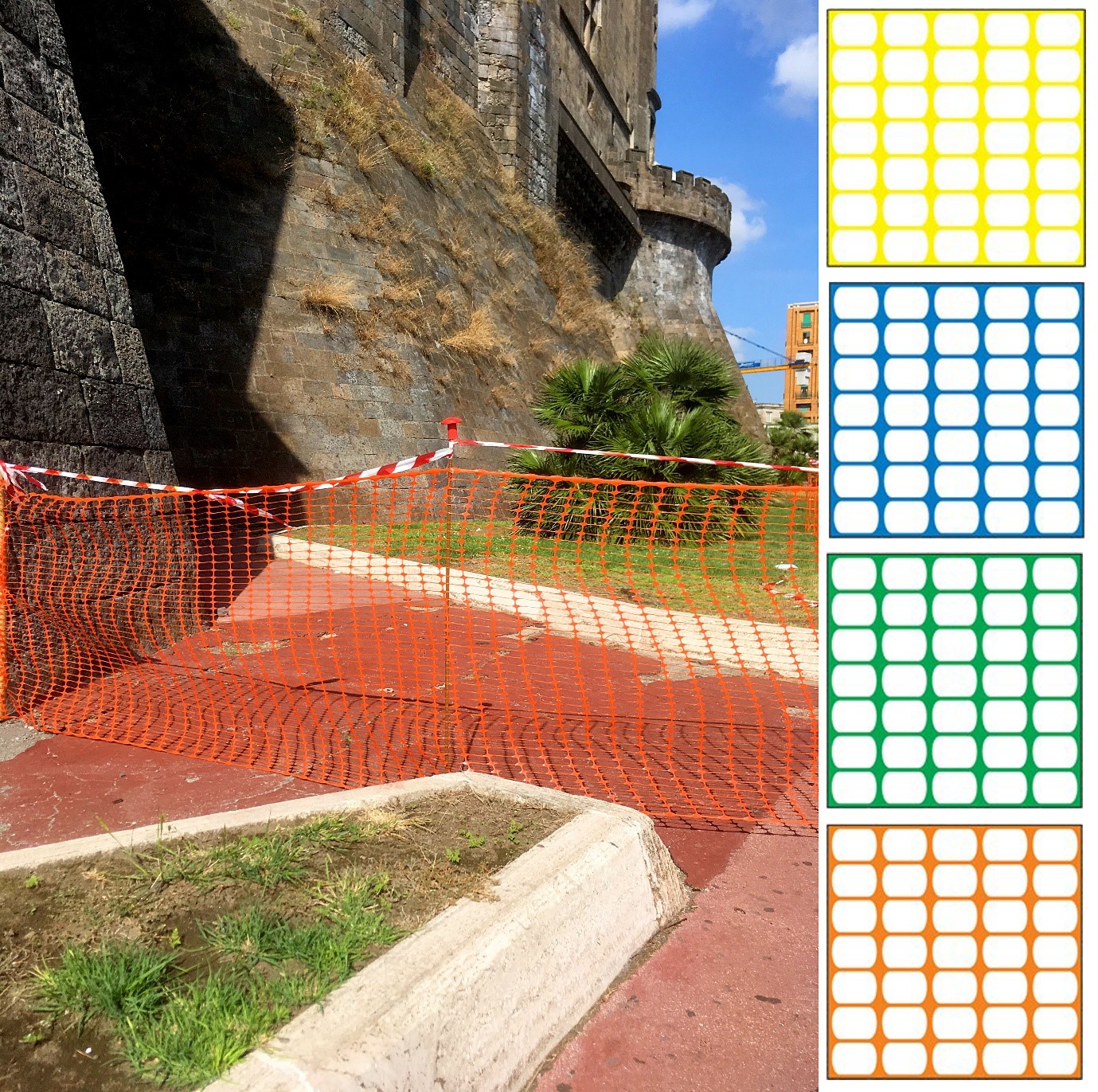
Plastic fencing can organise everything from livestock and building materials to events and staff. It’s a popular tool for many industries.
The versatility of plastic mesh fencing is its biggest USP. Wherever there are people, there is usually some kind of fencing.
Here, we discuss how to install plastic fencing and its uses.
The Uses of Plastic Mesh Fencing
The most popular industries and uses for plastic mesh fencing include:
- Agriculture – we associate metal fencing with agriculture, but heavy-duty plastic mesh fencing can be a short-term alternative, especially for fencing smaller cattle or chickens.
- Construction – heavy-duty plastic mesh fencing is essential in organising a worksite and cordoning off areas.
- Conservation – used in cordoning off and protecting areas of key conservation interest such as ponds, trees and plants.
- Event planning – useful for cordoning off prohibited areas, setting up walkways and managing people traffic.
- Historical excavations – plastic mesh fencing can isolate parts of a historical dig, ensuring workers do not accidentally contaminate or destroy key relics or evidence.
- Gardening – sections seedbeds, allotments, pet areas, etc. Placing mesh fencing horizontally over plants and seeds can stop birds from interfering, too.
- Roadworks – fencing has uses in organising people and motor traffic around roadworks.
Overall, the uses of plastic mesh fencing are as wide as the user’s creativity allows.
How to Install Plastic Mesh Fencing
Plastic mesh fencing isn’t a miracle cure; it needs good installation to work. Messy, improper set-up will cause sub-par results.
To get your plastic fencing set up correctly every time, follow these simple steps:
- To start, you’ll need your fencing and fence pins. First, measure the area where the fence will be and make sure you have enough fencing and pins to fill that space.
- Calculate how many pins you need for the whole fence and prepare them.
- Attach the pins. Make sure there is enough space between each pin so the fence remains sturdy. Pins placed too close together will cause the fence to sag or fall.
- Check the fence and fix any sub-par area by reapplying the pins.
It’s a straightforward process, but trying to take shortcuts or putting incompatible pieces together can lead to poor, potentially dangerous results.
Get High Quality, Heavy Duty Plastic Mesh Fencing Today
So, you’ve heard all about how to erect plastic mesh fencing and use it like a seasoned pro. Now, you just need to find the right materials.
Thankfully, Label Source has all you need to pop up fences anywhere and everywhere. Discover our range of plastic mesh fencing today.